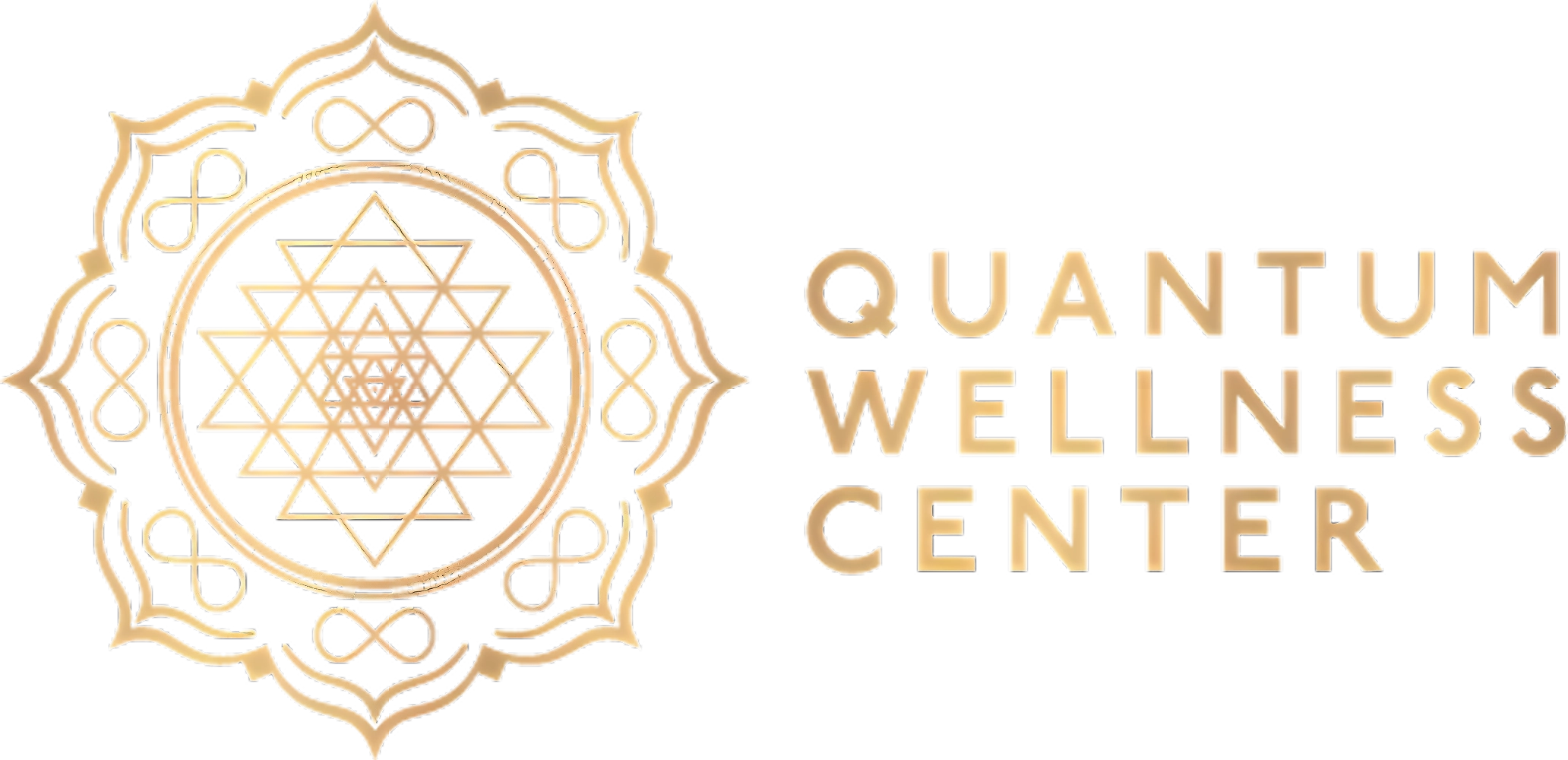Nerve-related discomfort can interfere with daily life, limiting mobility and overall well-being. Many people may seek various approaches for relief, including modern wellness therapies. Among these, red light therapy (RLT) has gained attention for its potential to aid nerve health and ease discomfort.
This article explains how RLT works, what current research reveals about its benefits, and the key factors individuals should consider before beginning treatment.

Understanding Nerve Pain
Nerve pain, also called neuropathic pain, results from damage or dysfunction within the nervous system. It can feel sharp, burning, stabbing, or tingling, and often persists even when no injury is present. For some people, the discomfort may come and go, while for others it can be constant and debilitating.
Common causes include diabetes, shingles, multiple sclerosis, side effects of chemo, or physical trauma that damages nerve fibers. Factors such as poor circulation or long-term exposure to toxins may also increase the risk of these issues. Because traditional treatments such as medications or surgery may not always provide lasting relief, interest has grown in complementary approaches that focus on cellular recovery rather than symptomatic treatment.
How Red Light Therapy Works
RLT uses low-wavelength light to penetrate the skin and stimulate natural biological processes. The light energy is absorbed by mitochondria, the energy-producing components of cells. When mitochondria receive this stimulation, they can generate more adenosine triphosphate (ATP), the energy currency that powers cellular repair. This increase in cellular energy can improve the body’s ability to heal tissues, reduce swelling, and encourage regeneration of damaged structures.
Unlike ultraviolet rays, this form of light does not harm the skin or increase cancer risk. Instead, it is designed to gently trigger beneficial changes in the body. For individuals with neuropathic pain, red light therapy may enhance blood circulation in the affected area, reduce oxidative stress, and stimulate nerve cell recovery. Together, these mechanisms suggest a strong biological basis for its potential use in neuropathy and related conditions.
Evidence on Nerve Pain Relief
Research has explored the role of red light therapy in easing nerve-related pain, with findings suggesting it may lessen discomfort due to neuropathy, injuries, and post-surgical recovery. A review in the National Library of Medicine highlighted its potential to reduce inflammation, improve blood flow, and support functional recovery by encouraging regeneration of peripheral nerve fibers.
These improvements also help restore both sensory and motor functions. While the evidence is encouraging, outcomes can differ based on the severity of the condition, overall health, and treatment frequency. More large-scale research is needed to confirm its long-term benefits.

Benefits Beyond Pain Relief
Stimulating circulation helps deliver more oxygen and nutrients to damaged tissues, which supports faster recovery and improved resilience. Enhanced cell regeneration may also aid in muscle repair, tendon recovery, and overall tissue health. Another important contribution is the potential to reduce inflammation, which often plays a role in prolonged discomfort and slower recovery, making RLT appealing for individuals managing both chronic and acute conditions.
Another important factor is its impact on quality of life. Consistent sessions have been reported to reduce stress hormones and promote relaxation, which indirectly helps manage pain perception. Better sleep is another potential outcome, as the calming effects can help regulate natural circadian rhythms. When discomfort is combined with poor sleep and high stress, overall suffering often worsens. Addressing these additional factors provides a more complete approach to care.
Considerations Before Starting
Although generally regarded as safe, there are important considerations before beginning treatment. The effectiveness of red light therapy may vary depending on the severity of nerve damage, the underlying cause, and the regularity of sessions. Some individuals may notice gradual improvement over several weeks, while others may require longer treatment schedules to achieve meaningful results. Consulting with a qualified healthcare provider ensures that therapy is appropriate for each individual’s medical background.
It is also important that sessions are performed with devices designed for therapeutic use. Professional-grade systems deliver consistent wavelengths and intensity, which are essential for achieving results. Attempting to use unregulated or cosmetic devices at home may lead to ineffective outcomes.This therapy should not be viewed as a cure, but rather as one component of a comprehensive care plan that may also include medication, physical therapy, or lifestyle adjustments..
Final Thoughts from Quantum Wellness Center
Red light therapy shows promise as a supportive option for those dealing with nerve pain. Encouraging natural recovery processes, improving circulation, and reducing inflammation may contribute to greater comfort and enhanced quality of life. While it is not a replacement for medical treatment, it can be a valuable tool when integrated into a holistic wellness plan.
At Quantum Wellness Center, we provide advanced, non-invasive therapies aimed at supporting mind and body health. Our team emphasizes safe, effective practices while helping individuals explore innovative approaches to wellness. For those considering new options in their journey, red light therapy may serve as a meaningful addition to a comprehensive care plan.



